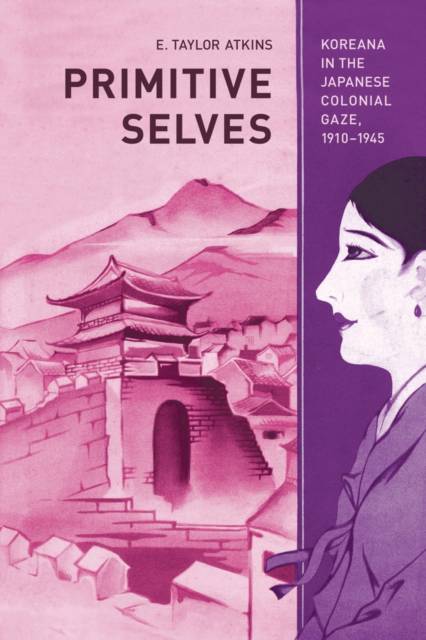
- Afhalen na 1 uur in een winkel met voorraad
- Gratis thuislevering in België vanaf € 30
- Ruim aanbod met 7 miljoen producten
- Afhalen na 1 uur in een winkel met voorraad
- Gratis thuislevering in België vanaf € 30
- Ruim aanbod met 7 miljoen producten
Zoeken
€ 59,45
+ 118 punten
Omschrijving
This remarkable book examines the complex history of Japanese colonial and postcolonial interactions with Korea, particularly in matters of cultural policy. E. Taylor Atkins focuses on past and present Japanese fascination with Korean culture as he reassesses colonial anthropology, heritage curation, cultural policy, and Korean performance art in Japanese mass media culture. Atkins challenges the prevailing view that imperial Japan demonstrated contempt for Koreans through suppression of Korean culture. In his analysis, the Japanese preoccupation with Koreana provided the empire with a poignant vision of its own past, now lost--including communal living and social solidarity--which then allowed Japanese to grieve for their former selves. At the same time, the specific objects of Japan's gaze--folk theater, dances, shamanism, music, and material heritage--became emblems of national identity in postcolonial Korea.
Specificaties
Betrokkenen
- Auteur(s):
- Uitgeverij:
Inhoud
- Aantal bladzijden:
- 280
- Taal:
- Engels
- Reeks:
- Reeksnummer:
- nr. 5
Eigenschappen
- Productcode (EAN):
- 9780520266742
- Verschijningsdatum:
- 25/08/2010
- Uitvoering:
- Paperback
- Formaat:
- Trade paperback (VS)
- Afmetingen:
- 152 mm x 229 mm
- Gewicht:
- 521 g

Alleen bij Standaard Boekhandel
+ 118 punten op je klantenkaart van Standaard Boekhandel
Beoordelingen
We publiceren alleen reviews die voldoen aan de voorwaarden voor reviews. Bekijk onze voorwaarden voor reviews.











